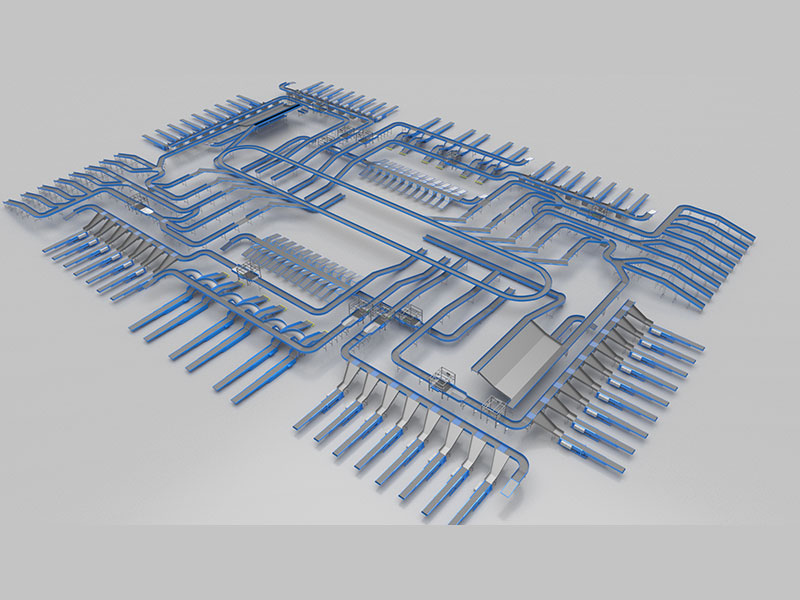Are you tired of traditional warehousing, with its piles of paperwork and physical inventory checks? Now it’s time to embrace the future of logistics with digital warehousing. This comprehensive guide will take you through the ins and outs of digital warehousing, why it is vital to modern businesses, choosing a digital warehouse at Pteris Global, and how to implement it into your operations. Say goodbye to manual processes and embrace higher efficiency, higher accuracy, and streamlined logistics management. It’s time to dive!


Benefits of Digital Warehousing
Digital warehousing is a type of inventory management system that uses computerized techniques to track and store items. This system can be used to manage both physical and virtual items, making it an ideal solution for businesses that sell or distribute digital goods.
What is a digital logistics warehouse?
A digital logistics warehouse is a type of facility that uses advanced technology to manage the movement of goods and materials. These warehouses are designed to optimize efficiency and minimize costs while maximizing space utilization.
Digital logistics warehouses use a variety of systems and software to streamline operations. These may include inventory management systems, order management systems, transportation management systems, and warehouse management systems. By integrating these various systems, a digital logistics warehouse can provide real-time visibility into all aspects of the operation. This allows for more accurate decision-making and improved operational efficiency.
In addition to using advanced technology, digital logistics warehouses are also typically designed with flexibility in mind. They are often built with modular construction that can be easily reconfigured to meet changing needs. This makes them well suited for rapidly growing businesses or businesses that have fluctuating demands.
How do I set up a digital logistics warehouse?
Digital logistics warehouses are the future of inventory management. By automating the process of tracking and managing inventory, these warehouses can improve accuracy and efficiency while reducing costs. Here’s how to set one up for your business:
1.Evaluate your needs. Before setting up a digital warehouse, you’ll need to evaluate your business’s specific inventory needs. How much space do you need? What kind of products do you need to store? How often will you need to access the warehouse? Answering these questions will help you determine the size and scope of your digital warehouse.
2.Choose a location. Once you know what you need, you can start looking for a location for your digital warehouse. Consider factors like cost, accessibility, and security when choosing a site.
3.Build or lease the warehouse. Once you’ve found a suitable location, it’s time to build or lease the actual warehouse. This is where you’ll store all of your inventory data and equipment. Make sure the space is large enough to accommodate your needs and that it has adequate security measures in place.
Conclusion
Digital warehousing is the future of logistics, and it will revolutionize the way we do business. With its automated processes, digital data storage, and improved scalability capabilities, this technology can help companies streamline their operations while simultaneously reducing operational costs. It provides businesses with an unprecedented level of visibility into their supply chain and enables them to make smarter decisions that result in better customer service and faster delivery times. By leveraging the power of digital warehousing, companies can ensure that they stay ahead of the competition for years to come.
